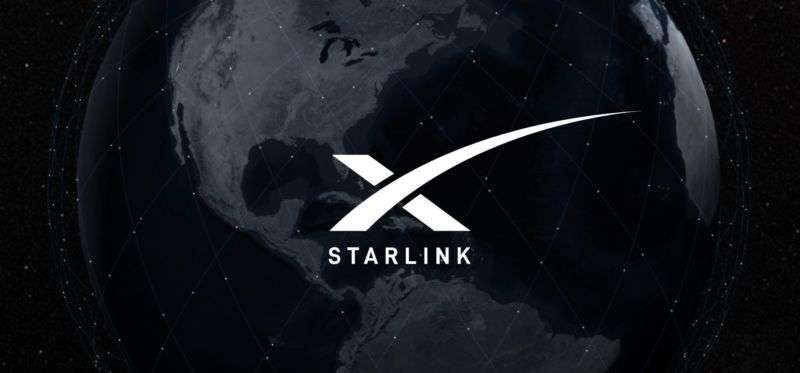
Elon Musk sends tweet via SpaceX’s Starlink satellite broadband

SpaceX’s Starlink division is on track to offer satellite-broadband service in the United States in mid-2020, a company official said today. Meanwhile, SpaceX CEO Elon Musk posted two tweets that show he’s testing the broadband service.
“Sending this tweet through space via Starlink satellite,” Musk wrote. Two minutes later, Musk sent a followup tweet that said, “Whoa, it worked!!“
Sending this tweet through space via Starlink satellite 🛰
— Elon Musk (@elonmusk) October 22, 2019
Musk “has a Starlink terminal at his house,” SpaceNews wrote today in an article that has a deployment update from SpaceX president Gwynne Shotwell.
SpaceNews reported:
SpaceX is confident it can start offering broadband service in the United States via its Starlink constellation in mid-2020, the company’s president and chief operating officer Gwynne Shotwell said Oct. 22.
Getting there will require the company to launch six to eight batches of satellites, Shotwell told reporters during a media roundtable. SpaceX also has to finish the design and engineering of the user terminals, which is not a minor challenge, Shotwell acknowledged.
“Mid-2020” is slightly more specific than the timing provided in previous SpaceX statements, but we already knew Starlink service was projected to arrive sometime in 2020. SpaceX previously said it plans to deploy satellite broadband in the northern United States and Canada as soon as next year.
SpaceX launched 60 satellites in May this year to test the system before preparing for a wider deployment. The company has FCC permission to deploy up to 11,943 satellites and is seeking permission to launch as many as 30,000 more.
But SpaceX can start offering service well before all the satellites are launched. While the northern United States and Canada seem to be first in line to get service, SpaceX recently asked the FCC to approve an orbital-spacing change that would let the company also cover the southern United States by the end of next year.
Today, “Shotwell said SpaceX will need to complete six to eight Starlink launches—including the one that already took place in May—to ensure continuous service in upper and lower latitude bands,” SpaceNews reported.
“We need 24 launches to get global coverage,” Shotwell said. “Every launch after that gives you more capacity.” SpaceX previously said it could make 24 Starlink launches in 2020.
Price is still to be determined
While SpaceX has said it intends to provide gigabit speeds and latency as low as 25ms, a big unanswered question is how much it will cost. SpaceX is apparently still trying to figure that out.
“Shotwell said millions of people in the US pay $80 per month to get ‘crappy service,'” SpaceNews reported. “She didn’t say whether Starlink will cost more or less than $80 per month but suggested that would be a segment of the public the company would target as well as rural areas that currently have no connectivity.”
There are some other interesting tidbits in the SpaceNews article. SpaceX wants to offer Starlink both to home Internet users and the US government, and the company is already testing with the US Air Force Research Laboratory. “So far, SpaceX has demonstrated data throughout of 610Mbps per second in flight to the cockpit of a US military C-12 twin-engine turboprop aircraft,” the SpaceNews article said.
Selling directly to regular consumers will be a new challenge for the company, requiring new sales, tech support, and product engineering staff. Shotwell acknowledged that “this is very different business for SpaceX.”
SpaceX is still ironing out the technology for user terminals, which will be installed at homes that connect to Starlink. “Knowing Elon, he wants everything to be beautiful. So the user terminal will be beautiful,” Shotwell said.
SpaceX’s satellites use low Earth orbits that should allow them to provide much better service than traditional satellite-broadband systems. But SpaceX isn’t the only company planning to use the technology; the company faces competition from OneWeb, Space Norway, Telesat, and Amazon.




